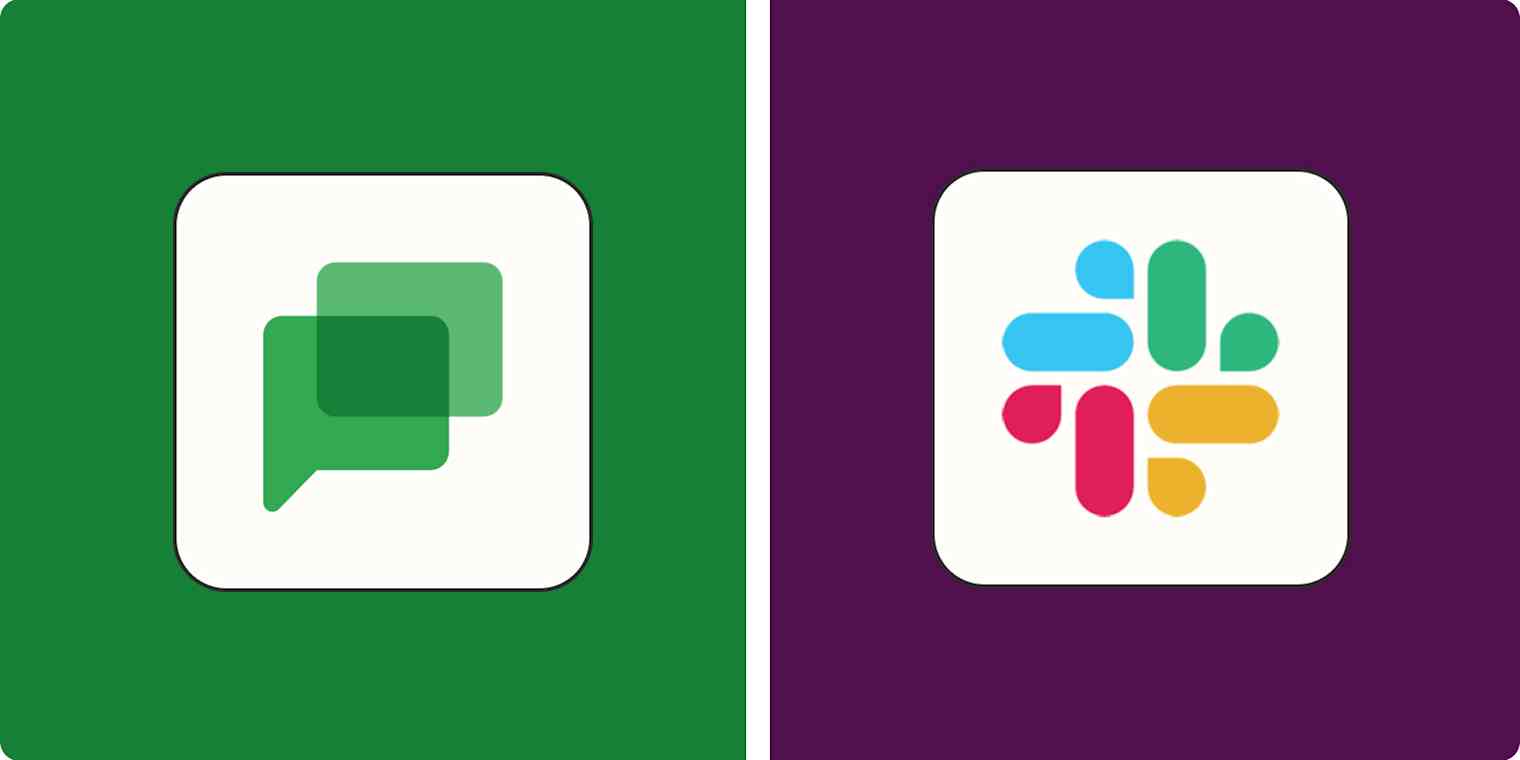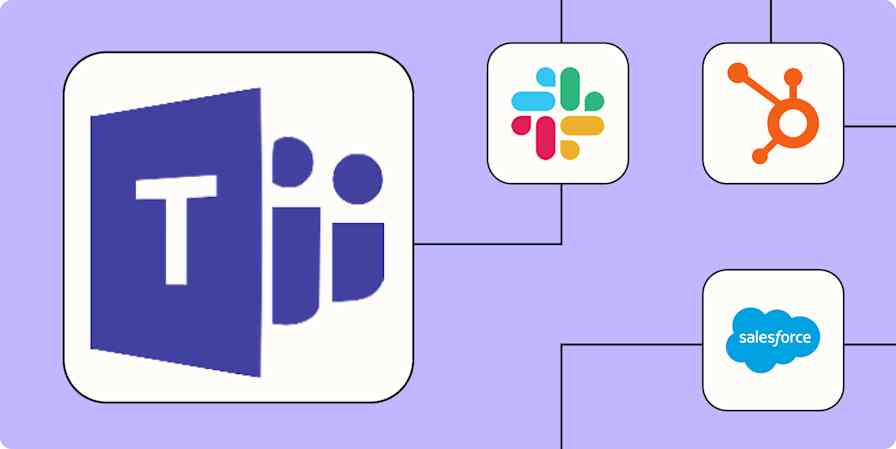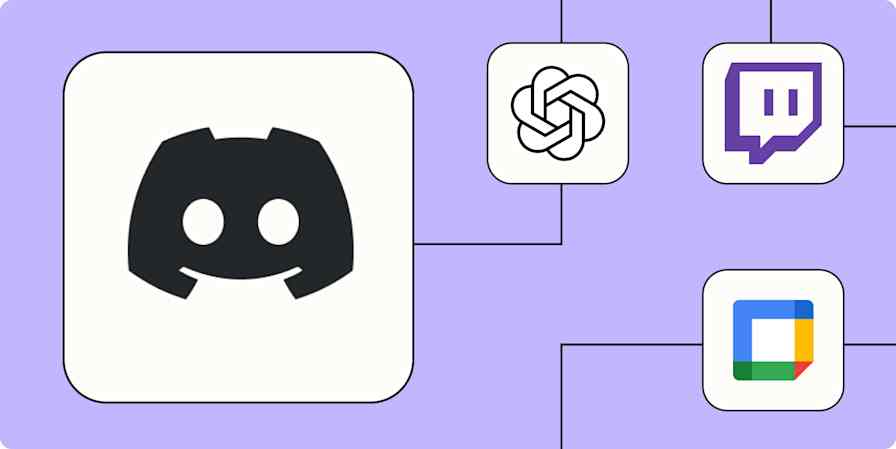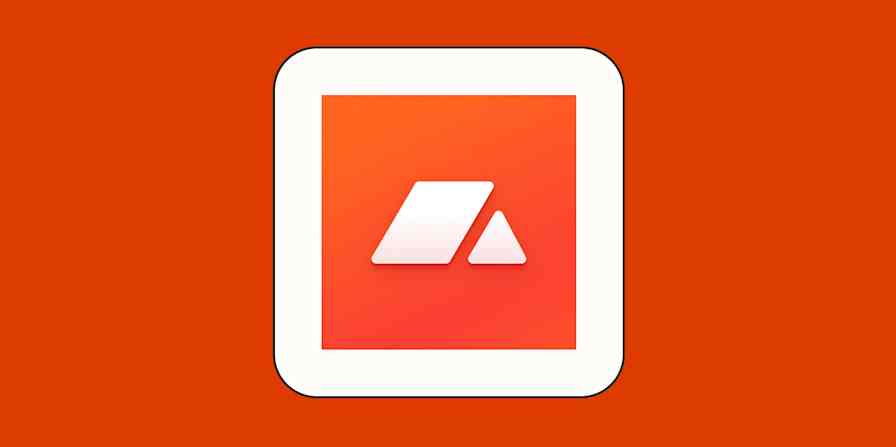App comparisons
12 min readGoogle Chat vs. Slack: Which is right for your business?
By Ryan Kane · June 24, 2024

Get productivity tips delivered straight to your inbox
We’ll email you 1-3 times per week—and never share your information.
mentioned apps
Related articles
Improve your productivity automatically. Use Zapier to get your apps working together.





